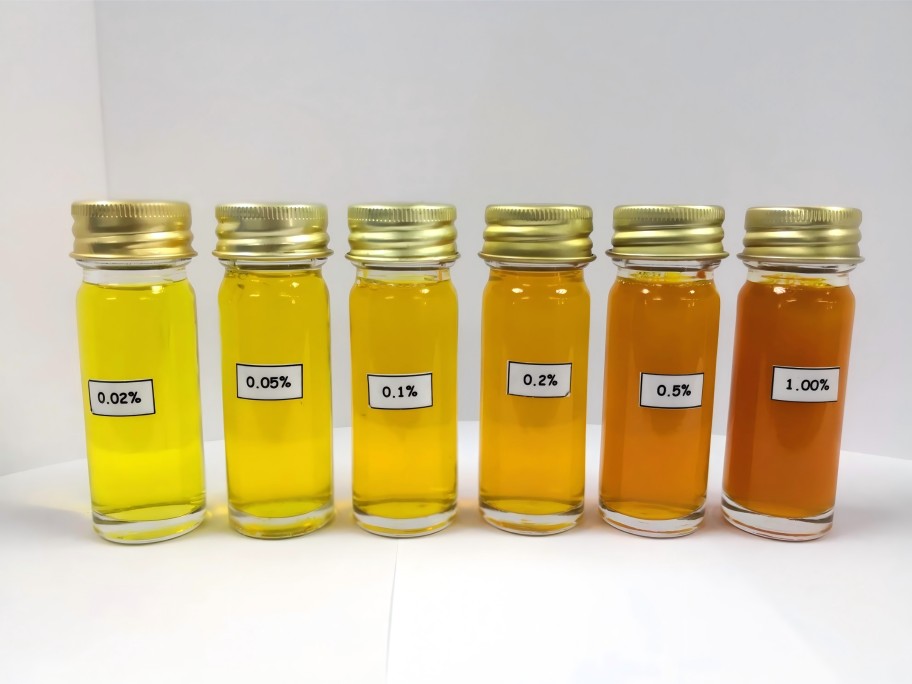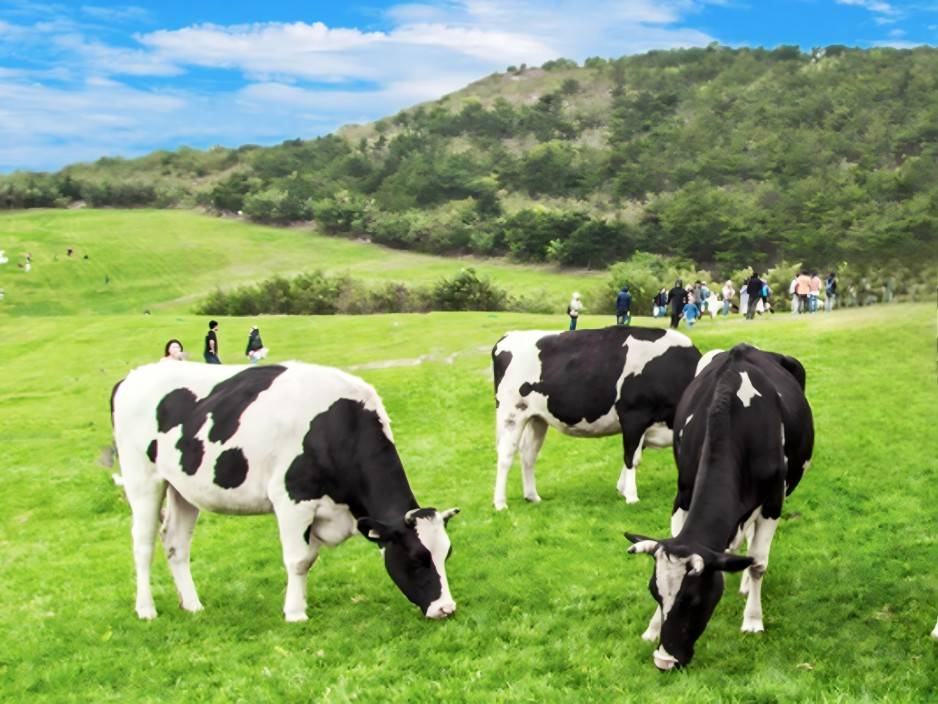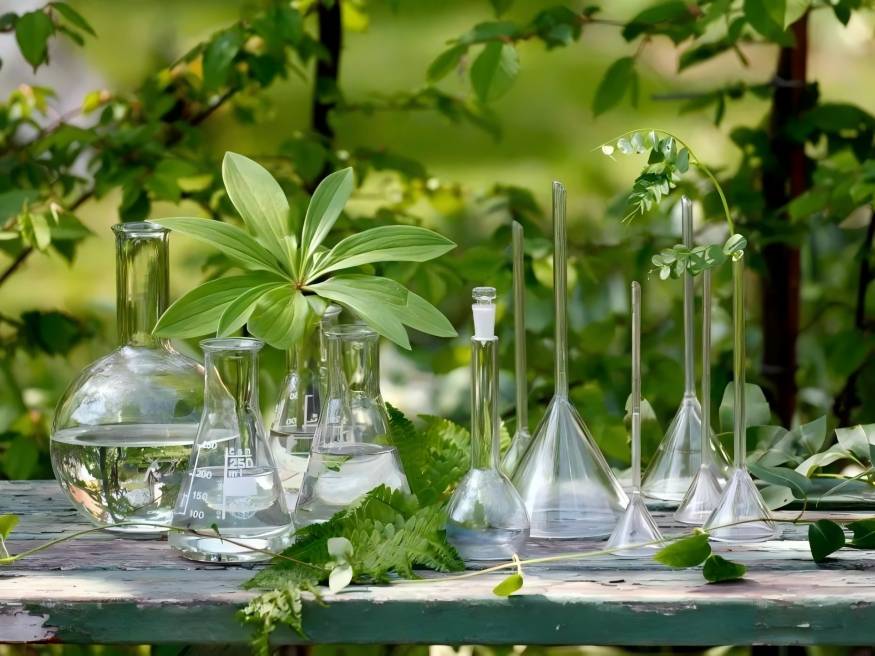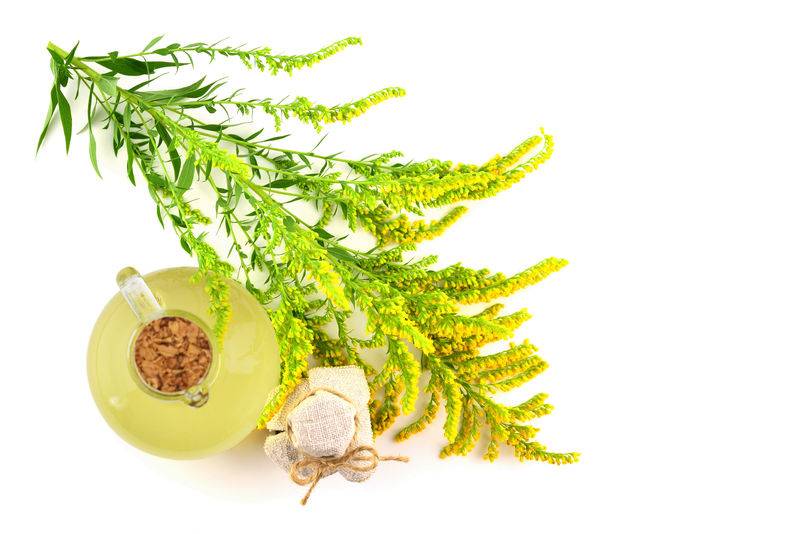What Is the Production Method of Beta Carotene Powder?
Beta-carotene is a natural pigment that is widely found in various plants, algae, fungi and bacteria. The antioxidant and coloring functions of beta-carotene are used in medicine, food, cosmetics and other fields. The antioxidant properties of beta-carotene[1] are of great significance to human health. In recent years, the discovery of more health and medicinal functions of β-carotene and the increasing demand for natural food additives have led to an annual increase in the demand for β-carotene. Here is a summary of the production process of β-carotene.
1 Chemical synthesis
In the early days of industrial production of β-carotene, organic chemical raw materials were mainly used to synthesize β-carotene through chemical reactions [2]. At present, most industries use β-ionone or vitamin A and its derivatives as raw materials for production. For example, BASF in Germany uses β-ionone as a raw material and synthesizes it in a C15+C10+C15 manner via the Wittig reaction, with a yield of 25%. Chemically synthesized products have high purity, good pigment stability, are easy to blend, and have low cost. In the context of the emphasis on green health, chemically synthesized β-carotene has certain toxic effects on the human body and disadvantages such as being difficult to absorb and not suitable for long-term consumption, and is therefore about to be phased out. Currently, industrially synthesized β-carotene is mainly used as a dye.

2 Microbial fermentation method
The microbial fermentation method uses microbial culture technology to enable microorganisms to synthesize β-carotene within their bodies, and then isolate β-carotene from the microorganisms. Commonly used microbial strains include Trichoderma reesei, Rhodotorula, Rhodopseudomonas palustris, Lactobacillus helveticus, Rhodobacter sphaeroides, Bacillus brevis, Mycobacterium tuberculosis, Mycobacterium smegmatis, and Aspergillus niger [3-6]. For example, Feng Yiping et al. [7] studied the cultivation of engineered bacteria to produce β-carotene, and found that this method has an ideal production efficiency. The advantages of the microbial fermentation method are its short production cycle and high product purity, but the production conditions for this production method are relatively strict. Overall, this method still has certain development potential.
3 Algae cultivation method
Algae are used to produce microalgae by selecting high-yield β-carotene plants after mutagenesis and screening. Commonly used microalgae include Dunaliella salina, Phaeodactylum tricornutum, and Spirulina. Among them, Dunaliella salina and Spirulina are more commonly used algae. Dunaliella salina is a salt-tolerant microalgae rich in β-carotene. It floats in seawater and salt lakes. Commonly used Dunaliella salina include Dunaliella salina (D. salina) and Dunaliella bardawil (D. bardawil). Among them, Dunaliella salina belongs to the Chlorophyta, Chlorococcaceae family. There are currently more than ten species. Zhu Yuehui et al. [8] studied and compared the optimal extraction conditions for carotenoids in Dunaliella salina and found that the β-carotene content can be as high as 13% of the dry weight of the cells. Therefore, it is an ideal raw material for extracting natural β-carotene. The β-carotene content of a mutant strain obtained by inducing Dunaliella salina with ultraviolet radiation was 15.5 times that of the original strain.
Spirulina is a multicellular filamentous blue-green algae that is mainly distributed in high-temperature alkaline lakes in the tropics. Spirulina grows fast and has a short cultivation cycle. Some studies have shown that the β-carotene content of spirulina is 10 times that of β-carotene in carrots. Yu Ping [9] used a microwave-assisted solvent method to extract β-carotene from Spirulina platensis. The research showed that the β-carotene extraction rate was 833.6 μg/g under optimal conditions. However, the cultivation of algae is limited by the production area and season, and the production process is relatively complex. It is difficult to increase the yield of β-carotene extracted from algae. In addition, algae contain high levels of glycerol and protein, making it difficult to use algae to produce high-purity β-carotene.
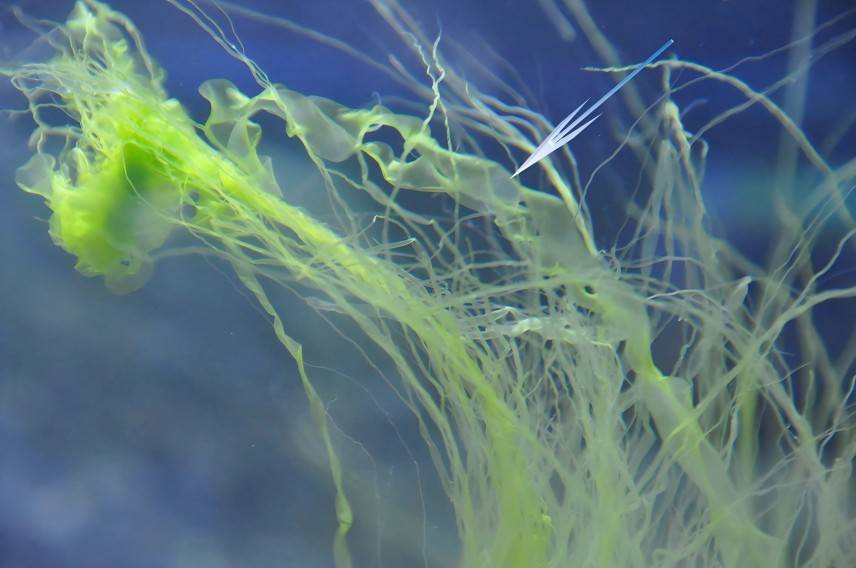
4 Genetic engineering method
The application of genetic engineering technology has greatly increased the biosynthesis of β-carotene in organisms, thereby increasing the amount of β-carotene that can be extracted. Since farnesyl pyrophosphate (FPP) is a precursor of carotenoids, the genetically engineered bacteria that are mainly used are microorganisms that can synthesize farnesyl pyrophosphate. Ji Jing et al. [10] obtained five genes in the biosynthetic pathway of plant carotenoids from the petals of Gentiana lutea: GGPS, PSY, ZDS, LycB, and LycE. which are located upstream of the genes that produce α-carotene and β-carotene in the carotenoid synthesis pathway. The main enzyme genes PSY and ZDS were transferred to tobacco via Agrobacterium tumefaciens. The results showed that PSY can increase the β-carotene content by 108%. At present, genetic modification technology has not been applied to large-scale β-carotene production. This is because the production method is still immature, and the impact of genetically modified foods on the human body has not yet been clearly defined.
5 Plant extraction method
Beta-carotene can be obtained by using natural plants rich in beta-carotene or their waste as raw materials and extracting them with organic solvents (such as petroleum ether, chloroform, acetone, ether, ethanol, etc.). There are many plant bodies that can be used as raw materials for extracting β-carotene, such as carrots[11], palms, sea-buckthorn, potatoes, corn[12], etc. At present, the extraction of natural β-carotene mostly uses the organic solvent method, but there are problems such as serious harm to the human body caused by the residue of the original solvent, destruction of the pigment, low effective ingredients in the raw materials, high production costs, and resulting low economic benefits, making it difficult to achieve large-scale production.
5.1 Ultrasonic method
Ultrasonic waves can generate cavitation inside plant cells, which can break the plant cell walls and dissolve the active ingredients. In addition, it can accelerate the diffusion and release of the active ingredients in the cells and mix them well with the solvent, which facilitates the extraction. Compared with the traditional extraction method, it has the advantages of high yield, short production cycle, and no damage to the active ingredients [13-14]. Liu Xuguang et al. [15] used a cryogenic-ultrasonic extraction method to extract β-carotene from carrots. The ultrasonic extraction temperature was 40 °C, the liquid-to-material ratio was (g/mL) 1:6, the ultrasonic processing time was 20 min, and the ultrasonic processing was repeated three times, with a β-carotene extraction rate of over 85%.
5.2 Microwave method
Microwave extraction is fast, energy-saving, uses less solvent, causes less pollution and is beneficial for extracting thermally unstable substances [16]. It has been successfully used to extract a variety of active ingredients from plants. Li Yaping et al. [17-18] used response surface analysis to optimize the process conditions for microwave extraction of β-carotene from carrots.
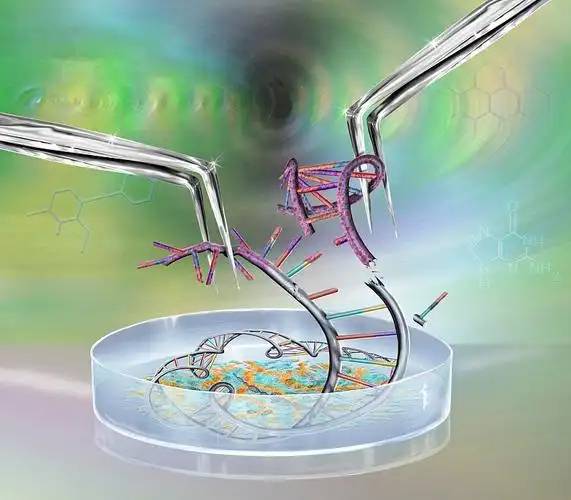
Both ultrasonic and microwave methods can shorten production time and increase the extraction rate of β-carotene, but both methods use organic solvents as extraction agents, which inevitably leads to the problem of organic solvent residues. Therefore, these two methods still need to be improved.
5.3 Supercritical CO2 extraction technology
Supercritical CO2 extraction technology is a new separation and purification technology that is non-toxic, harmless, residue-free and pollution-free. It is widely used in the separation and extraction of active ingredients in the food, pharmaceutical and fragrance industries. For example, Sun Jian et al. [19] used Xushu 22-5, which has a high β-carotene content, as the raw material and conducted a systematic study of its supercritical CO2 extraction of β-carotene. The results showed that the extraction yield of β-carotene can reach 3.45 mg/g, and that the entrainer can significantly increase the extraction yield of β-carotene from the raw material. Wang Dawei et al. [20] showed in their study on the extraction of β-carotene from corn protein that the method can extract up to 88.70% of the β-carotene in the raw material. Supercritical CO2 extraction technology is an emerging technology that does not use organic solvents harmful to the human body as extractants. It has high extraction rates and has very good development prospects.
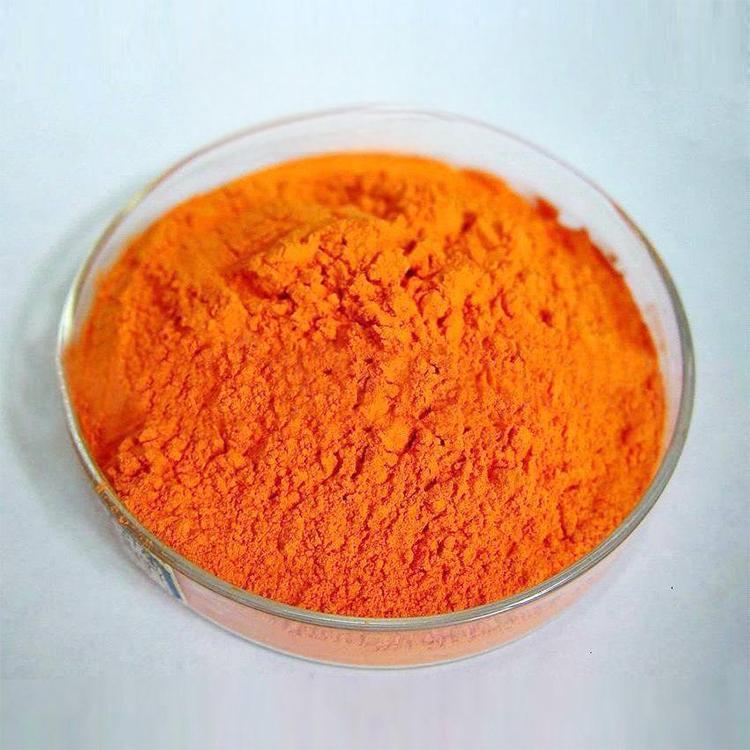
6 Outlook
In a society where everyone values their health, the many excellent properties of β-carotene are becoming increasingly prominent, especially in terms of cellular antioxidants. For humans, eating products rich in β-carotene can achieve a very good antioxidant effect. Demand is increasing in the fields of food additives, healthcare, and cosmetics. The current task is to find methods suitable for large-scale industrial production to meet people's demand for β-carotene.
References
[1] Liu Yunfeng, Shao Bin. Activity and identification of natural and synthetic vitamins [J]. China Food Additives, 2004 (2): 32-37.
[2] Zhang Bo, Liu Wu, Guo Qiang, et al. Study on the process conditions of microwave-assisted extraction of β-carotene [J]. Modern Agriculture, 2009 (2): 79-80.
[3] Sun Fuzheng, Liu Guangfa, Chen Qiwei, et al. Identification and analysis of a mutant strain of Dunaliella salina with high β-carotene production [J]. Journal of Dalian Fisheries University, 2004, 19 (3): 230-233.
[4] Dai Dehui, Hu Weilian, Lv Guiyuan, et al. Study on fermentation conditions for the biosynthesis of β-carotene[J]. Food Science, 2008, 29(2): 247-251.
[5] Liu Yueying, Chen Xiaoqiang, Xie Zhong, et al. Screening of carotene-producing yeast[J]. Industrial Microbiology, 2000, 30(2): 38-40.
[6] Du Guicai. The influence of different culture conditions on β-carotene production by Escherichia coli [J]. Food Science, 2008, 29(7): 272-276.
[7] Feng Yiping, Li Zhen, Wang Jianmei. Research on the accumulation of β-carotene by engineered bacteria and optimization of extraction conditions [J]. Shanxi Agricultural Science, 2010, 38(4): 21-24.
[8] Zhu Yuehui, Fang Keteng, Jiang Jianguo. Research and comparison of the optimal extraction conditions of β-carotene from Dunaliella salina [J]. Guangzhou Food Industry Science and Technology, 2003, 19(4): 18-19.
[9] Yu Ping, Li Jianrong. Study on the microwave-assisted solvent extraction of β-carotene from Spirulina platensis [J]. Chinese Journal of Food Science, 2008, 8(2): 81-83.
[10] Ji Jing, Yamamura Saburo, Nishihara Masahiro, et al. Increasing β-carotene biosynthesis through genetic modification [J]. Chinese Journal of Biochemistry and Molecular Biology, 2004, 20 (4): 440-444.
[11] Yang Yuanfan, Ni Hui, Chen Xiaohua. Optimization of extraction conditions for water-soluble carotenoids in carrots [J]. Food Industry Science and Technology, 2006 (2): 128-130.
[12] Wang Dawei, Li Xia, Liu Tingting. Study on the extraction technology of β-carotene from corn protein powder [J]. Food Science, 2008, 29 (11): 135-136.
[13] Zhao Fengli, Shen Xingcan, Zhang Yunge. Study on the ultrasonic extraction of β-carotene from persimmon leaves and its antioxidant activity [J]. Chinese Brewing, 2008 (12): 45-48.
[14] Qin Hongwei, Yang Honghua, Shi Chunyu, et al. Study on the process of ultrasonic-assisted extraction of β-carotene from sweet potatoes [J]. Chinese Food and Nutrition, 2006 (9): 37-39.
[15] Liu Xuguang, Han Kefeng, Feng Zuoshan. Optimization of the conditions for the extraction of β-carotene by freezing-ultrasonic extraction [J]. China Food Additives, 2008 (1): 139-141.
[16] Yu Yanqin, Che Zhenming, Zhu Xiuling. Using microwave-assisted method to increase the content of β-carotene in carrot juice [J]. Food and Fermentation Industry, 2006 (1): 144-146.
[17] Li Yaping, Cheng Weidong, Zhan Ping, et al. Optimization of β-carotene extraction by microwave-assisted extraction using response surface methodology [J]. Journal of Food and Biotechnology, 2009, 28(4): 488-491.
[18] Zhai Jinlan, Zhou Hong, Li Yaping, et al. Research on the optimization of supercritical CO2 extraction of β-carotene by response surface methodology [J]. Processing of Agricultural Products, 2009 (6): 51-56.
[19] Sun Jian, Zhang Aijun, Xu Fei, et al. Research on Supercritical CO2 Extraction of β-Carotene from Sweet Potatoes [J]. Jiangsu Agricultural Science and Technology, 2008 (6): 247-248.
[20] Wang Dawei, Huang Baoxi, Liu Tingting. Research on the Application of Supercritical CO2 Extraction in the Extraction of Linoleic Acid from Maize [J]. Food Science, 2007, 28 (7): 219-222.


 English
English French
French Spanish
Spanish Russian
Russian Korean
Korean Japanese
Japanese